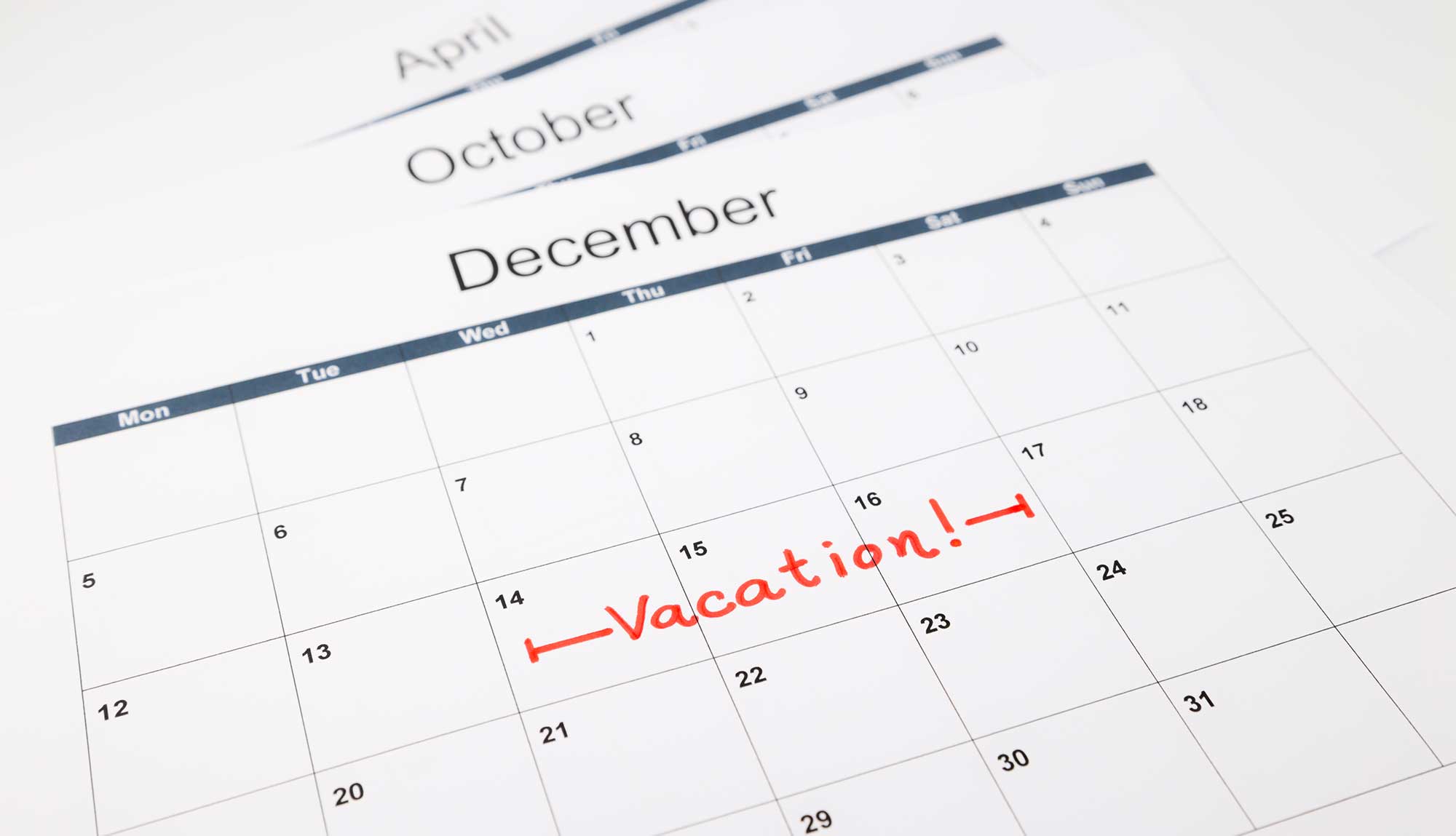For restaurant owners and managers, taking holidays and enjoying some downtime is essential to maintaining energy, enthusiasm and passion. However, finding the right time to take off may depend on a variety of factors – here’s a few things to consider.
1) Evaluate past performance
A good opportunity to take leave might be during a period that is historically quiet for the venue.
Although the hospitality industry is dynamic and ever-changing, a record of past performance may be useful in determining how the venue will perform in the future.
There’s a repository of data that is captured and neatly displayed in ResDiary reports, including: booking summaries, customer spends, covers and revenue, walk in numbers and so on. It might be worth analysing performance over a number of months or years (if relevant), and using ResDiary data to determine when traffic has been slow.
That quiet patch could be a good opportunity to take time off, and recharge for the busy period-to-come.
2) What’s happening internally and externally?
There’s a myriad of factors in and out of the venue that’s worth considering when planning to take leave. For instance, the cuisine. If the venue is known for ice cream, or fish and chips, winter might be the ideal time to go away. The reverse, of course, might apply for venues specialising in stews, soups and hot pies.
Then there’s the area. A good time for leave might be after the big festival in town has concluded, or when tourist season has ended. Also consider how the neighbourhood is tracking. For relatively new venues, conversations with fellow businesses, customers and the trader precinct or association can go a long way to determining when trade tends to pick up, or slow down. So look at the food and the calendar, and speak to your neighbours – they may help to clarify when to stay in, or set off.
3) A break before change
If an element of the venue – such as the menu, design or concept – is due for a change, the period just before refurbishment might be a good opportunity to take leave. Moreover, a note on the door and/or a social media post, which discusses what the venue may look like upon re-opening, might also generate enthusiasm within the community about what’s to come.
A temporary closure can also act as a reminder that the venue might not be around forever, which can create a sense of urgency from patrons to attend while the doors are still open. Even if it’s a relatively brief break, that leave might be the refresher needed by the owner, or staff, to fully embrace the new look, feel and energy of the venue.
4) Coordinate with staff
Whenever leave is taken, make sure to coordinate with other staff members so as to ensure that they are adequately trained, and can cover relevant shifts and duties in their absence. Staff might be required to assume more responsibility during that period, which could – in turn – provide a strong platform for upskilling and development. This might leave the venue in good shape upon return.
Taking time off isn’t a privilege – it’s a necessity. The perfect time to take leave might never exist. But, establishing a potential lull or down period, or determining a moment before the precipice of change may be the best time to go away. Before doing so, make sure to organise with staff, and notify customers in person, and on social media. Hopefully, they’ll appreciate your hard work, and wish you bon voyage!
Want to find out how a table management system can help manage your business? Speak to our team today
Disclaimer: This guide is general in nature and does not take into account your individual circumstances. Before acting on any information, you should consider whether this is right for your business.




